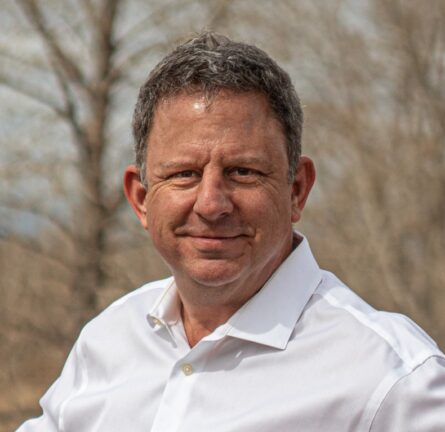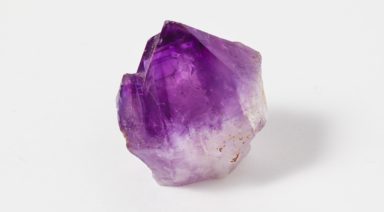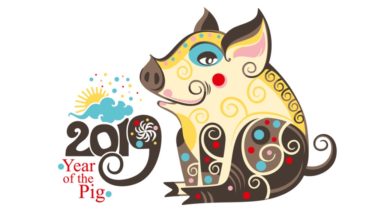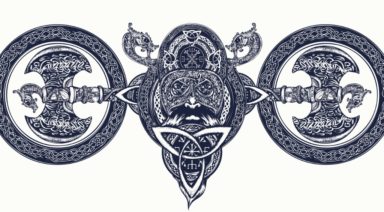Who was Ram Dass? The Wonderful, Magical, “Be Here Now” Guru

“Turn on, Tune in, Drop out.” Timothy Leary, the superhero of psychedelic drugs, died in 1996, while one of his partners in consciousness-expansion, Dr. Richard Alpert, a.k.a. Ram Dass, has since grown, expanded, lived, and thrived. (He has since passed in December of 2019.)
This is not to say that Alpert didn’t have a few issues along the way. Instead, it’s to note that his mission appeared to be broader, deeper, and with a longer tail. It’s entirely possible Alpert lived as long as he did in loving abundance because his teachings are still relevant and inspiring, possibly more than ever.
Dying to oneself sometimes requires retreats, rituals, deep self-exploration, daily meditation, and disappearing for a while. It might also involve a name change.
Richard Alpert was no longer Richard Alpert … after an extensive exploration of psilocybin, LSD, and other psychedelic chemicals, Alpert began to see behind the Wizard’s curtain. He fell in love with India, found his eternal master in the form of a guru, consumed a wealth of his spiritual sustenance, and in a relatively short period, Dr. Alpert grew spiritually and became Ram Dass.
We’re lucky he did.
“Be Here Now,” written by Ram Dass, is considered to be one of the most accessible and enjoyable, creative essays on meeting the Self behind the mask, peeling back the layers, and greeting reality with love. It was one of the first books I read in the late ’80s when I began to open and deepen. I continue to flip through its pages for inspiration.
Who Was Ram Dass?
Born as Richard Alpert into a well-to-do Jewish family, Ram Dass was the youngest of three sons. His father was a lawyer in Boston, and his mother was a lover and helper of charities.
In the late 1960s and early 1970s, Ram Dass blossomed into an ocean of openness, an embodiment of love, and a teacher of love. He has since guided his followers by helping them reduce their anxieties and depressions, and lighten their challenges related to their troublesome egos and temporary identities.
Ram Dass was also beautiful, cute in nature, and kind.
He studied Hanuman, Zen Buddhism, Sufism, Jewish mystical studies, Buddhist meditation, Bhakti yoga, and other disciplines, all of which led to his expansion, awareness, and notoriety.
Ram Dass was a disciple of the late (and eternal) Neem Karoli Baba (or Maharaj-Ji), who also gave Ram Dass his spiritual name, which means “servant of God.”
Ram Dass via ramdass.org
“Maharajji, in my first darshan, my first meeting with him, showed me his powers. I was impressed with the power but subsequently realized that it was his love that pulled me in. His love is unconditional love.”
— Ram Dass
Ram Dass taught that compassion and spiritual service are the most important things we can offer to others. He was dedicated to helping human beings get past our mental chatter, religious dogma, and obsessiveness so that we can open our hearts and feel divine love — a profound mission.
Ram Dass Foundations and Projects
Ram Dass and his partners launched several foundations and projects in service to humanity. Here is a brief history of them:
- Hanuman Foundation: a non-profit foundation that embodies the spirit of service inspired by Neem Karoli Baba.
- The Human Kindness Foundation: (formerly The Prison-Ashram Project): a non-profit foundation and mission that helps prison inmates grow spiritually by providing them with free books and materials. Initially run by Bo and Sita Lozoff, it continues with Sita as Spiritual Director and Catherine Dumas as Executive Director. The foundation is based in North Carolina.
- The Living/Dying Project: originally called, “The Dying Project” and conceived by Stephen Levine. The project has since morphed into a non-profit foundation that helps others embody compassion and awareness when dealing with death, and see illness as an opportunity for spiritual growth.
- The Love Serve Remember Foundation: a non-profit foundation that provides love, words of wisdom, and meditations, and continues the work of Neem Karoli Baba and Ram Dass. The foundation offers over one hundred podcasts and guided meditations, along with a few free apps. Ram Dass expands on his thought, “We are all in the ocean of love. It’s all Ram. It’s all God. It’s all The One.”
Profound Ram Dass Books
Here is a sampling of the books that Ram Dass and his partners have published over the years. His writing style is warm and accessible.
- Be Here Now (1971)
- Be Love Now (2011)
- Polishing the Mirror: How to Live from Your Spiritual Heart (2013)
- Cookbook for Awakening (2017)
- Walking Each Other Home (2018), co-authored with Mirabai Bush
- Paths To God (2004)
- Still Here: Embracing Aging, Changing and Dying (2000)
- Journey of Awakening (1978)
- Miracle of Love (1979)
- The Only Dance There Is (1974)
- Compassion in Action (1992)
- Conscious Aging (1992)
- How Can I Help? (1985), co-authored with Paul Gorman
- Experiments in Truth (1998)
- One-One-Liners (2002)
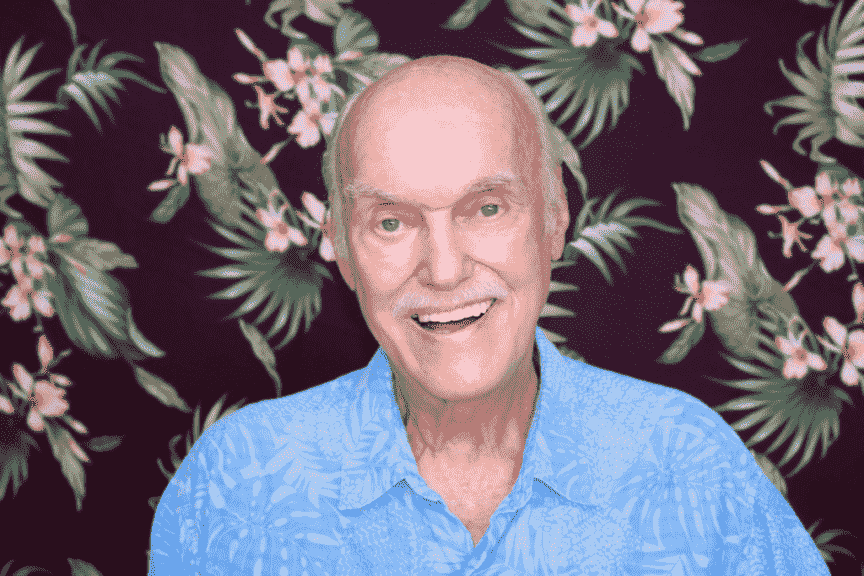
Ram Dass’ Stroke
While his consciousness was experiencing love and expansion, the body of Ram Dass took a few detours. At age 65, he experienced a massive stroke, which became part of the closing narrative in his book, “Still Here: Embracing Aging, Changing and Dying.“
While immediately following the stroke, Ram Dass was depressed, wisdom eventually emerged. Even though he had become partially paralyzed, after extensive physical therapy, Ram Dass was able to walk with a cane. This experience has helped him guide others to respond to death, dying, and illness with grace.
Ram Dass said that before his stroke, he did not pay much attention to his body, because he was solely focused on psychology and the soul. Ram Dass saw the overriding lesson from his stroke experience as God’s grace and a gift from his guru.
Popular Ram Dass Quotes
Here are some of my favorite quotes from the lovely Ram Dass:
- “Be here, now!”
- “We’re all just walking each other home.”
- “Compassion refers to the arising in the heart of the desire to relieve the suffering of all beings.”
- “Treat everyone you meet like God in drag.”
- “We’re fascinated by the words, but where we meet is in the silence behind them.”
- “You are loved just for being who you are, just for existing. You don’t have to do anything to earn it. Your shortcomings, your lack of self-esteem, physical perfection, or social and economic success – none of that matters. No one can take this love away from you, and it will always be here.”
- “Be patient. You’ll know when it’s time for you to wake up and move ahead.”
- “The thinking mind is what is busy. You have to stay in your heart. You have to be in your heart. Be in your heart. The rest is up here in your head where you are doing, doing, doing.”
- “My guru said that when he suffers, it brings him closer to God. I have found this, too.”
- “From a Hindu perspective, you are born as what you need to deal with, and if you just try and push it away, whatever it is, it’s got you.”
- “When the faith is strong enough, it is sufficient just to be. It’s a journey towards simplicity, towards quietness, towards a kind of joy that is not in time. It’s a journey that has taken us from primary identification with our body and our psyche, on to an identification with God, and ultimately beyond identification.”
Ram Dass Meditation: Radiating Love and Focusing on the Breath
Meditation is a foundational, spiritual experience that helps to quiet the mind and put the human being in touch with his or her eternal Self (or Spirit). The practice helps us clear ancient fodder, forgive others, and create enough space in our minds and hearts so that we might choose and experience expanded clarity and love.
Over time, meditation and prayer help us to remove the projections and colors that we place upon our realities and relationships. If we’re dedicated to the pursuit, we begin to see everything and everyone more clearly, most notably, ourselves.
Ram Dass teaches several forms of meditation. Here are a few to consider:
- Vipassana meditation: focused on the incoming breath and outgoing breath.
- Guru mediation: focused on the higher self, inner-master, or an external living or deceased master who inspires our connections to the All-That-Is.
- Mantra Meditation: introduces sound and vibration as the pathway to deepening. By reciting mantras and sutras, we are vocalizing high-vibration sounds that will improve our vibrations. Doing so, we elevate our consciousness, clarity, and awareness. If a mantra is given to us by a living master, it is most often infused with the intention of guiding us to liberation and enlightenment. With each breath and chant, the guru breaths and expands within us.
“I’m not interested in being a ‘lover.’ I’m interested in only being love.”
— Ram Dass
The Legacy of Swami Sri Yukteswar and His Healing Bracelet

Priya Nath Karar was born in 1885 to a wealthy couple in Serampore, India. He received a formal college education as well as spiritual one under the guidance of his guru, Lahiri Mahasaya, unfolding his life into spirituality. After his wife’s passing, he became a swami, receiving the name Sri Yukteswar Giri, eventually influencing countless people through his deep and diverse wisdom — and of course through his famous disciple Paramhansa Yogananda, who brought his teachings to the West.
Sri Yukteswar Giri’s legacy is highlighted by his book, The Holy Science, and an astrological healing bracelet made up of three metals unified into one design.
While the great teacher Swami Sri Yukteswar was never driven to have a large following, he remained a man of supreme intellect, innovation, and pragmatism, dedicating himself to his students and the Infinite. The core of all of his teachings left a lasting impression on the world of spirituality, bridging the ancient East with the developing West.

